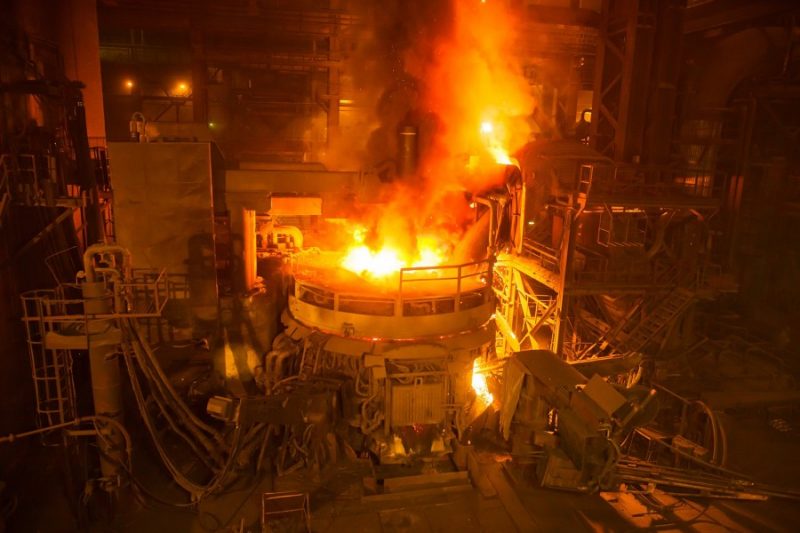
Steel Capacity Expansions and Delays Highlight Global Decarbonization Divide
Global steel producers are expanding electric arc furnace (EAF) operations while facing delays in green transition efforts. ArcelorMittal postponed its German decarbonization projects at Bremen and Eisenhüttenstadt. Despite €1.3 billion in subsidies, the company cited uncompetitive hydrogen and gas-based DRI production.
Meanwhile, Tata Steel UK has begun construction on a £1.25 billion EAF in Port Talbot. The plant aims to reduce emissions by 90% compared to traditional blast furnaces. In Canada, Algoma Steel’s first of two new EAFs has entered service, with a second coming online by year-end. Combined, they will cut emissions by up to 70% and produce under the “Volta” low-carbon brand.
In Japan, JFE Steel is upgrading its 30-year-old furnace at Mizushima Works. The new EAF, built by Danieli, will rank among the world’s largest. In China, Tsingtuo and Fujian Hongwang are enhancing stainless steel capacity with integrated and energy-efficient production lines.
Trade Defense Measures Intensify in North America, Europe, and Asia
Governments worldwide are reinforcing steel trade defense measures to combat overcapacity and unfair dumping. Canada imposed a 50% tariff on above-quota steel imports starting June 27, 2025. Imports from China face an additional 25% duty if “melted and poured” in China.
The EU has launched consultations to replace its steel safeguard mechanism before it expires in June 2026. The UK is doing the same, with its review open until August 7. Both aim to protect domestic producers from rising global exports, particularly from Asia.
In East Asia, Taiwan’s Ministry of Finance applied preliminary antidumping duties of up to 20.15% on Chinese hot rolled coil. Japan launched a year-long dumping investigation on cold rolled stainless steel from China and Taiwan, following a complaint from Nippon Steel.
SuperMetalPrice Commentary:
Steelmakers are navigating a complex global environment shaped by decarbonization, protectionist policies, and shifting market demand. While EAF investments in the UK, Canada, and Japan signal a clear transition to low-emission steelmaking, delays in Germany reflect the challenge of scaling hydrogen at cost. At the same time, trade defense tools are becoming central to national strategies. Expect growing regional fragmentation in steel supply chains through 2026, especially as tariffs, quota systems, and safeguard measures continue to evolve.


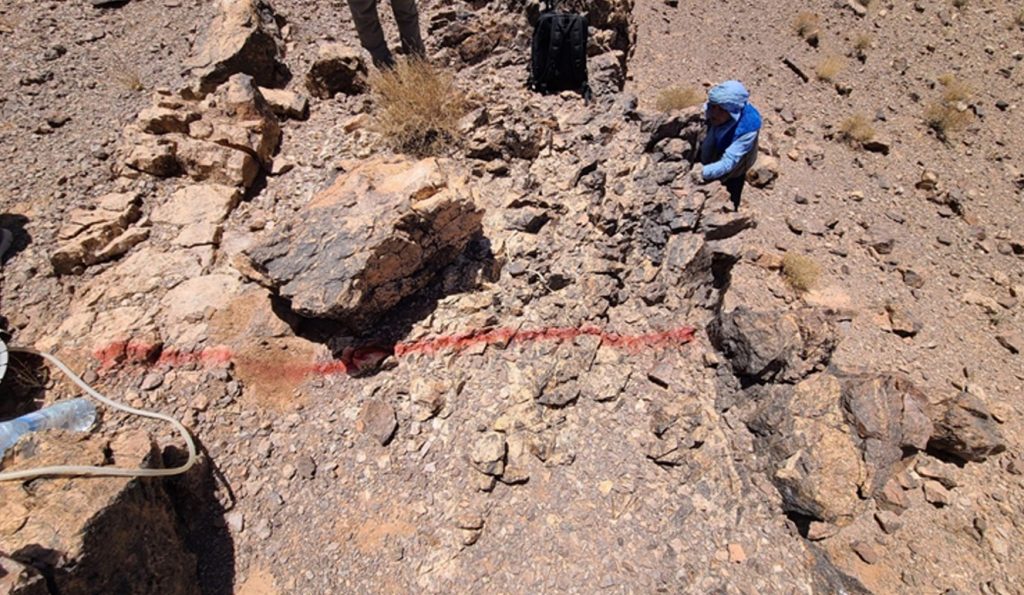
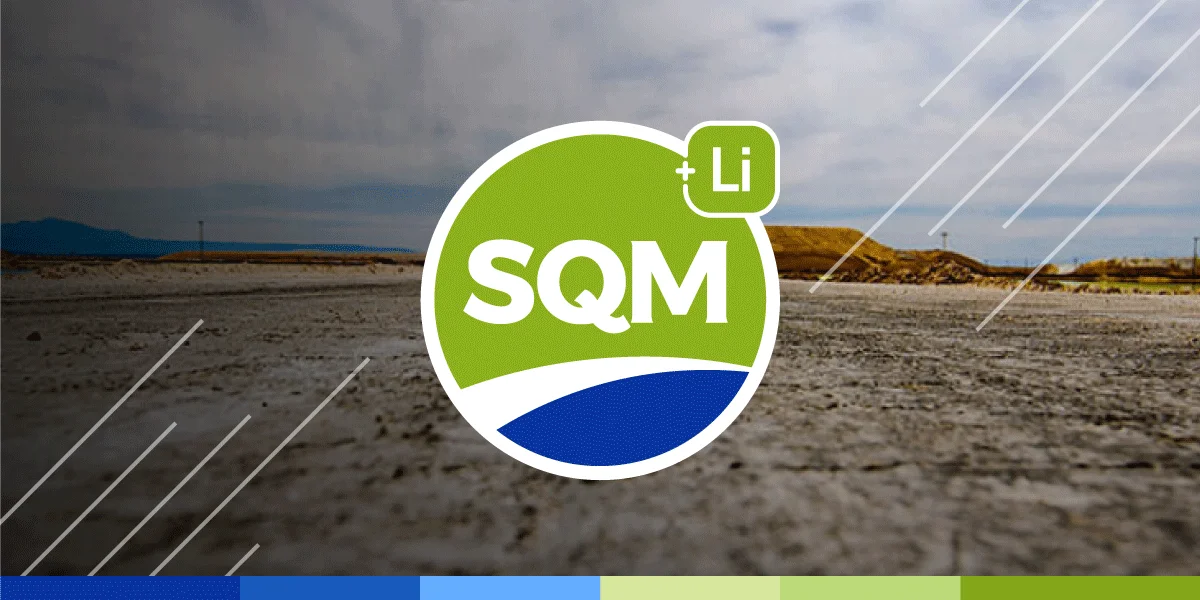



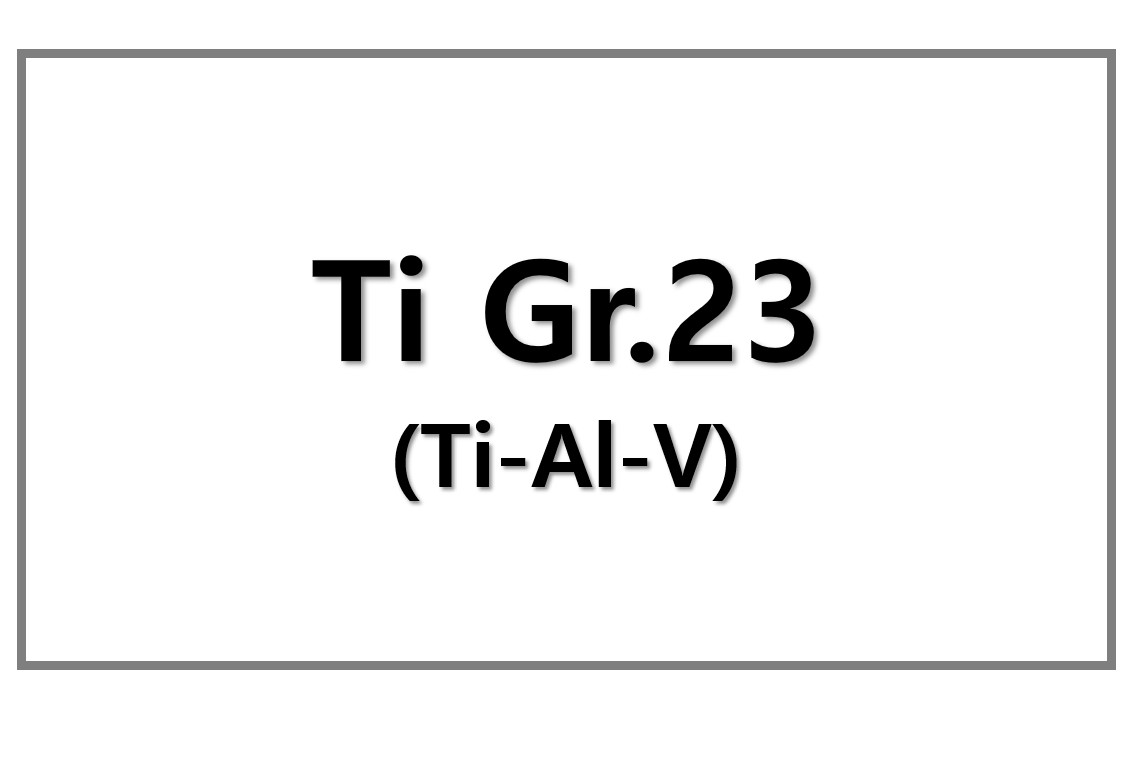
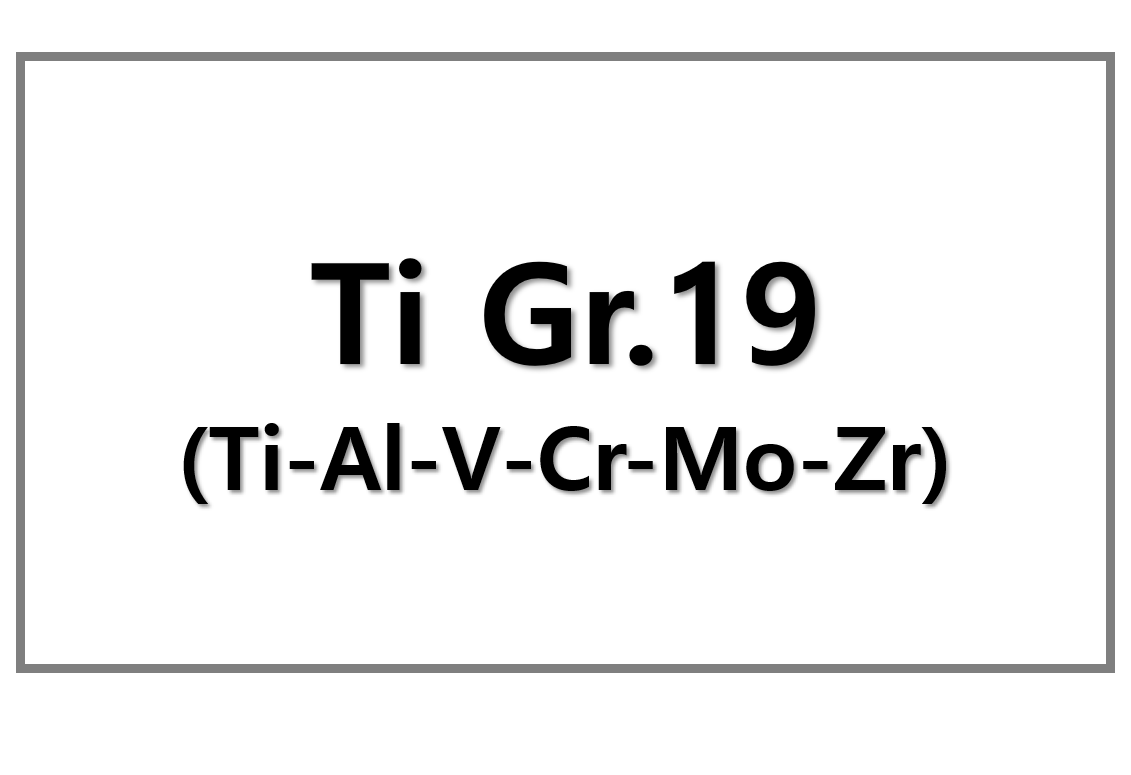
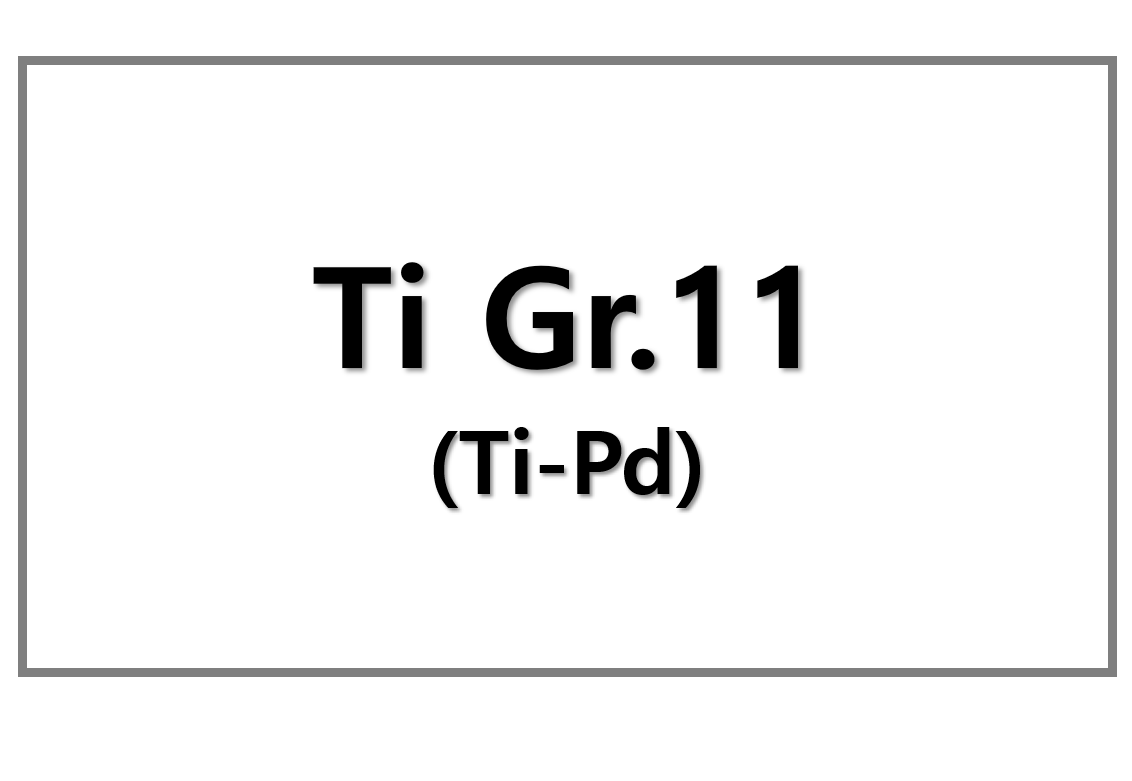
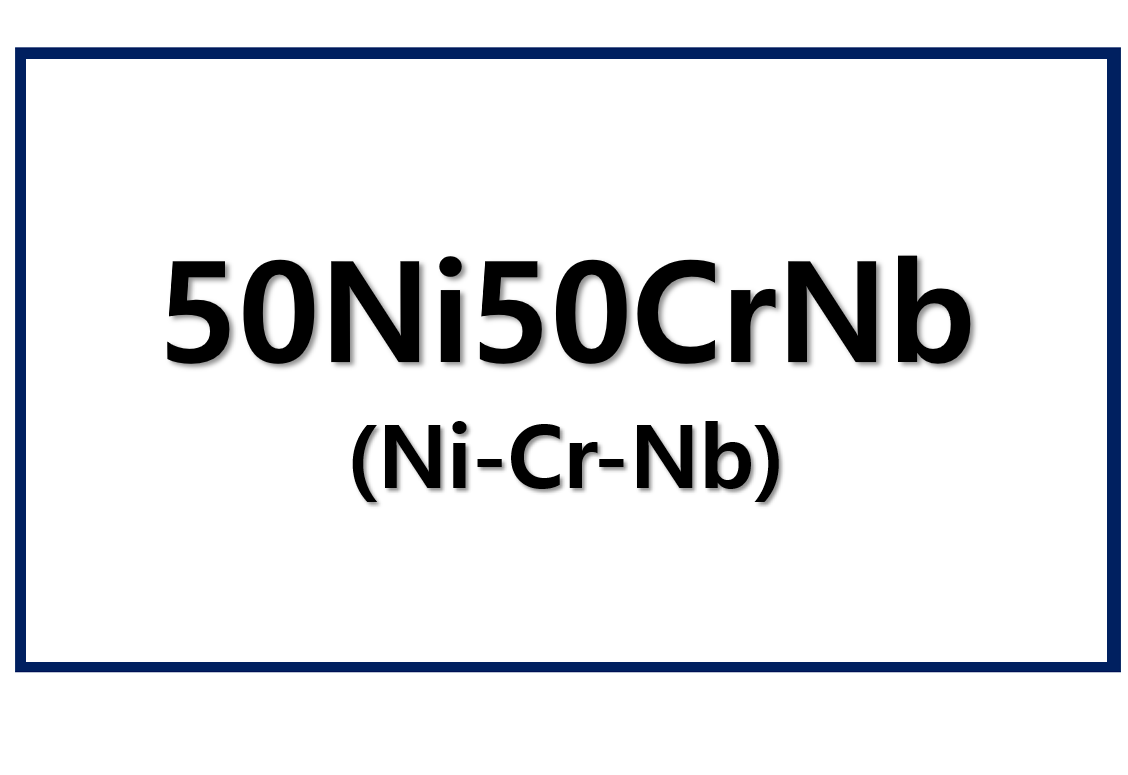
Leave a Reply
You must be logged in to post a comment.